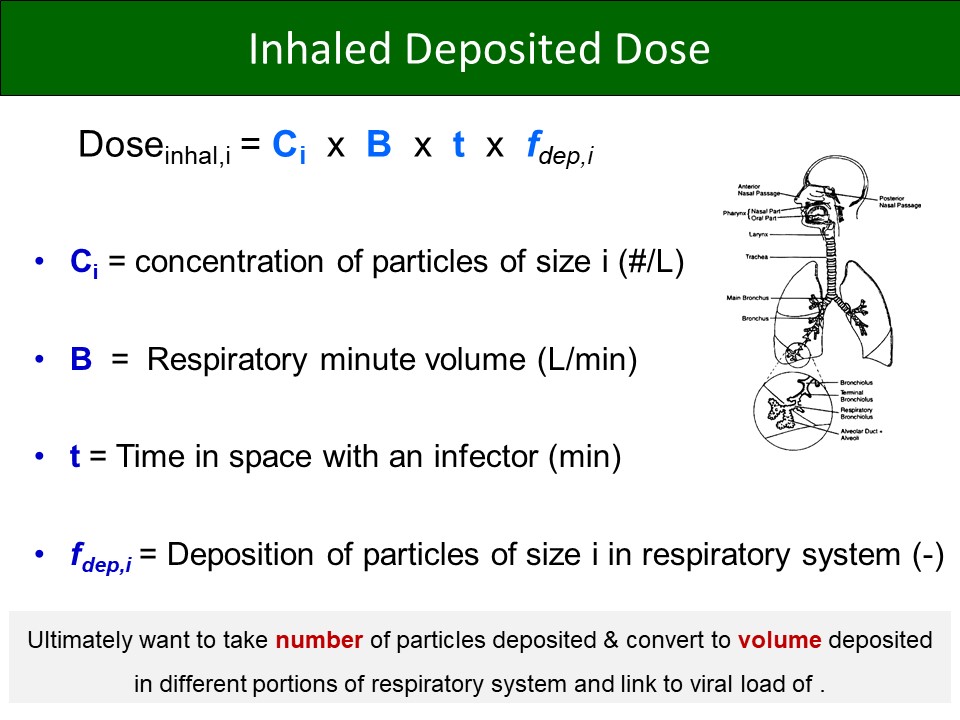
1/ Don't be fooled by some air cleaning companies that claim their device is highly efficient. When claims are made about removing 95% or 99% of particles from air, this nearly always refers to % of particles removed THAT FLOW THROUGH THE DEVICE (single pass removal efficiency).
2/ A device can be 99.5% efficient & highly INEFFECTIVE if it has little flow moving through it. The product of fractional removal efficiency (max = 1.0) & volumetric flow rate (e.g. cubic feet per minute) is the important parameter (& known as CADR or Clean Air Delivery Rate).
3/ Example - Company for device 1 claims it removes 99.5% of particles from air (fractional single-pass removal efficiency = 0.995), but the device moves only 30 cfm of air (CADR = 0.995 x 30 cfm = 30 cfm).
4/ Device 2 removes only 60% of aerosol particles from air (fractional removal efficiency = 0.60) but moves 500 cfm of air (CADR = 0.6 x 500 cfm = 300 cfm). In this case, I want the far less efficient device, which is actually far more effective for particle removal from air.
5/ Be effective. Just do it!
• • •
Missing some Tweet in this thread? You can try to
force a refresh












